Stefan’s CG blog
-

Katana Tips & Tricks – How to become a professional Lighting Artist
In today’s blog post, we want to look at some tips and tricks that every aspiring artist should know for a successful career in VFX or Animation. Let’s start with an easy one. In Katana’s Help menu there is an I want a pony option that gives you – well, you guessed it – a […]
-
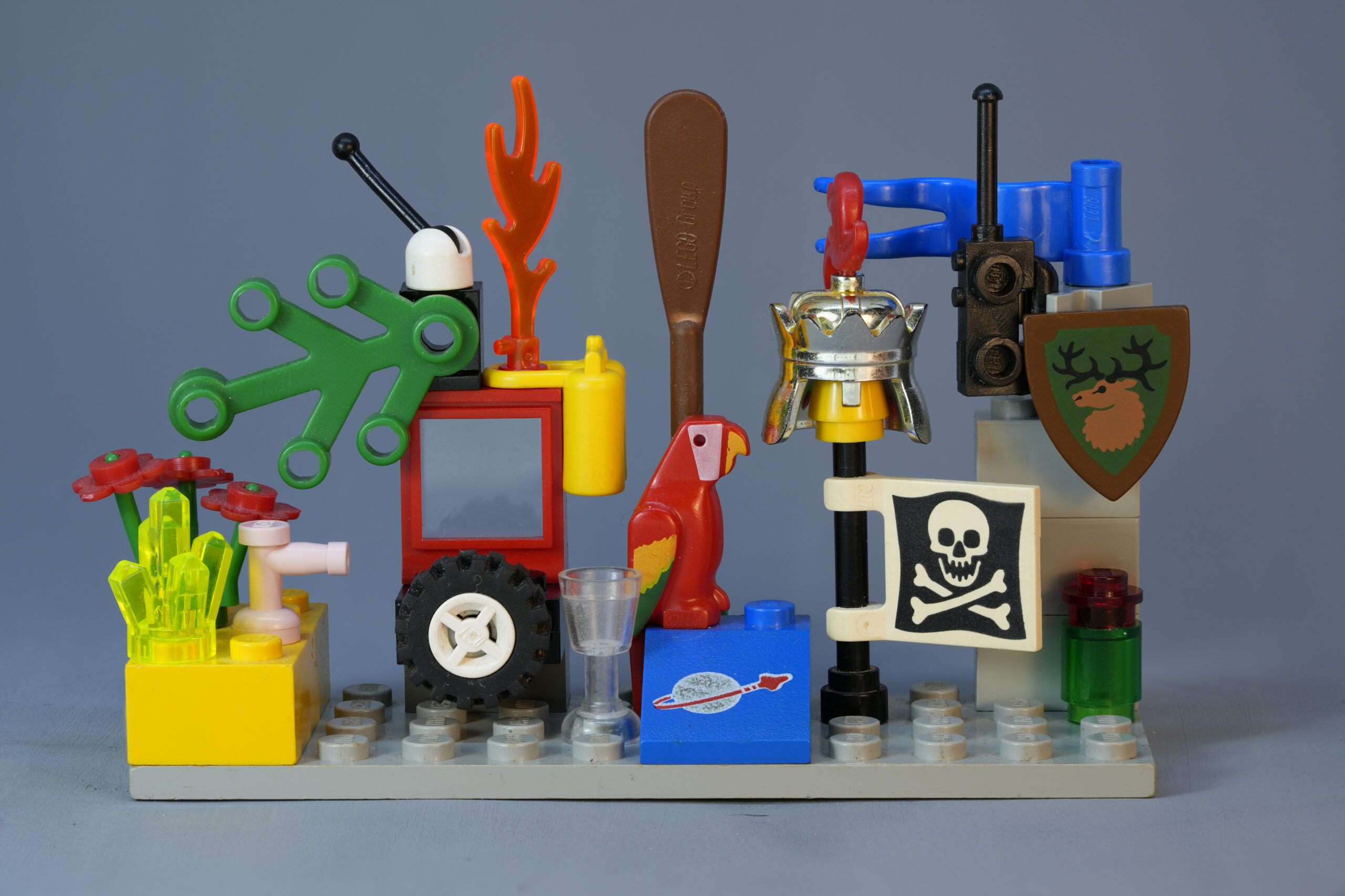
Exploring LEGO Material Part 4
Wow. It has been a while. But here we are opening the next chapter in our LEGO material journey. I realized, in order to push my cg imagery to the next level, that I needed to get closer to my favourite toy. Very close. Turns out, this is much easier said than done. My phone […]
-
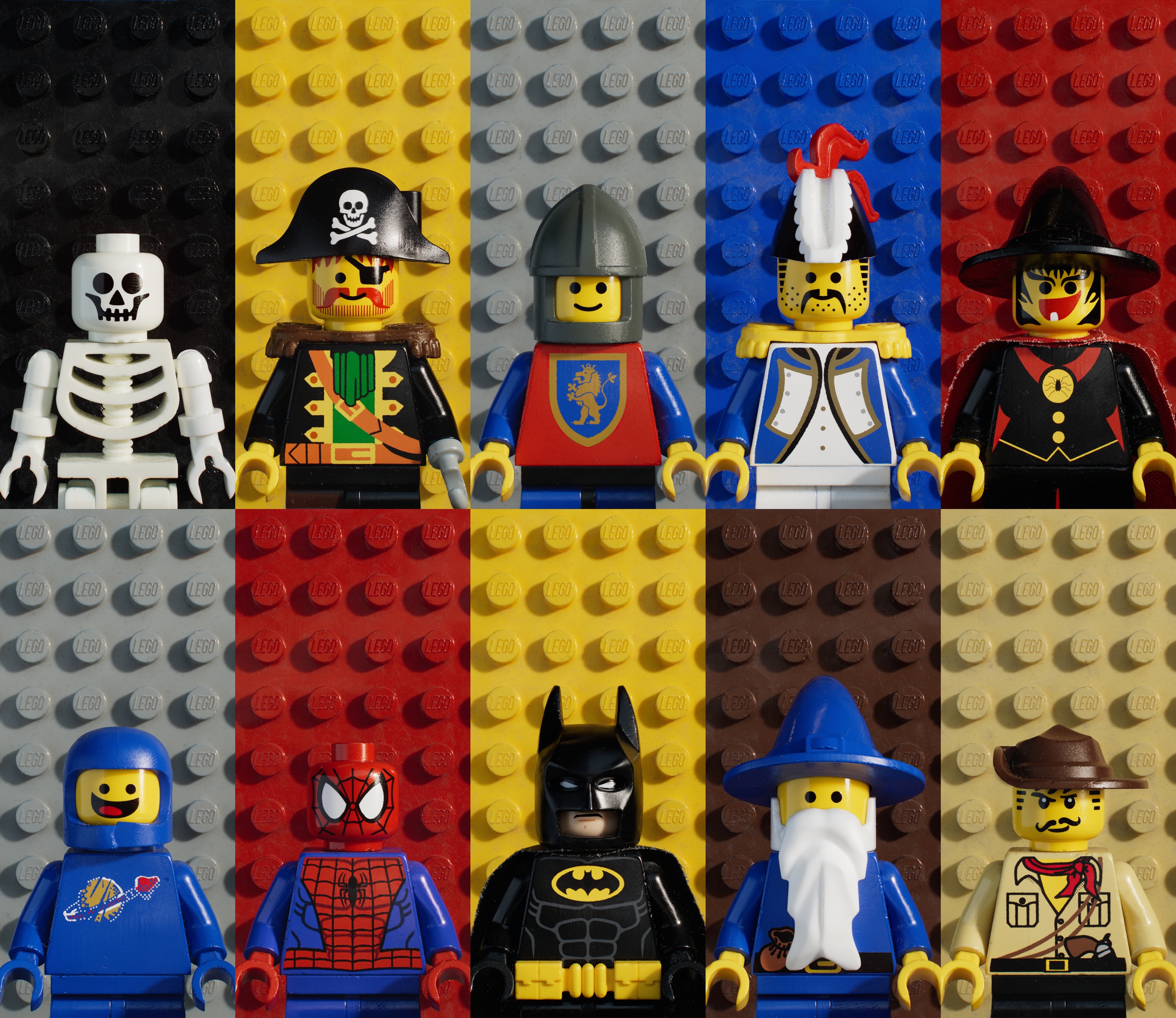
LEGO Phone Wallpapers
If you want to find out more about the process you can have a look at my ArtStation where you can also find some more high res close-ups and detailed descriptions. LEGO Phone Wallpapers on ArtStation
-
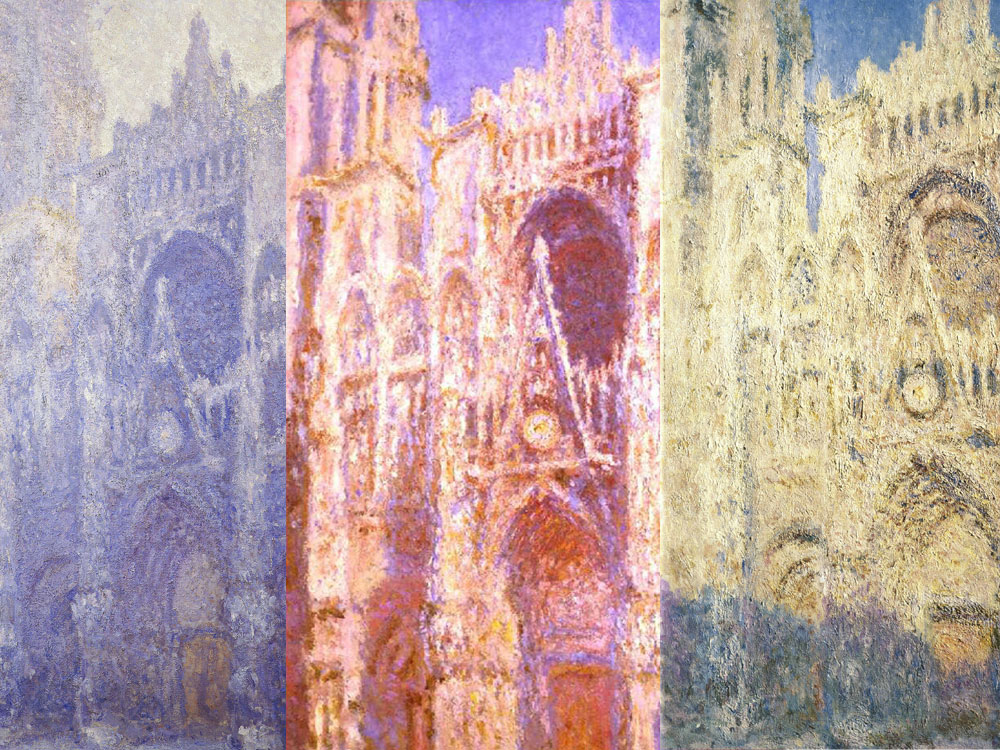
Lighting Design in CG
I recorded a talk about how to design lighting in CG and create (hopefully!) good looking images. We are looking at references, techniques that classic and modern art painters used and how to transfer them to CG, how real world photography works and how that translates to CG. We will look at the importance of […]
-
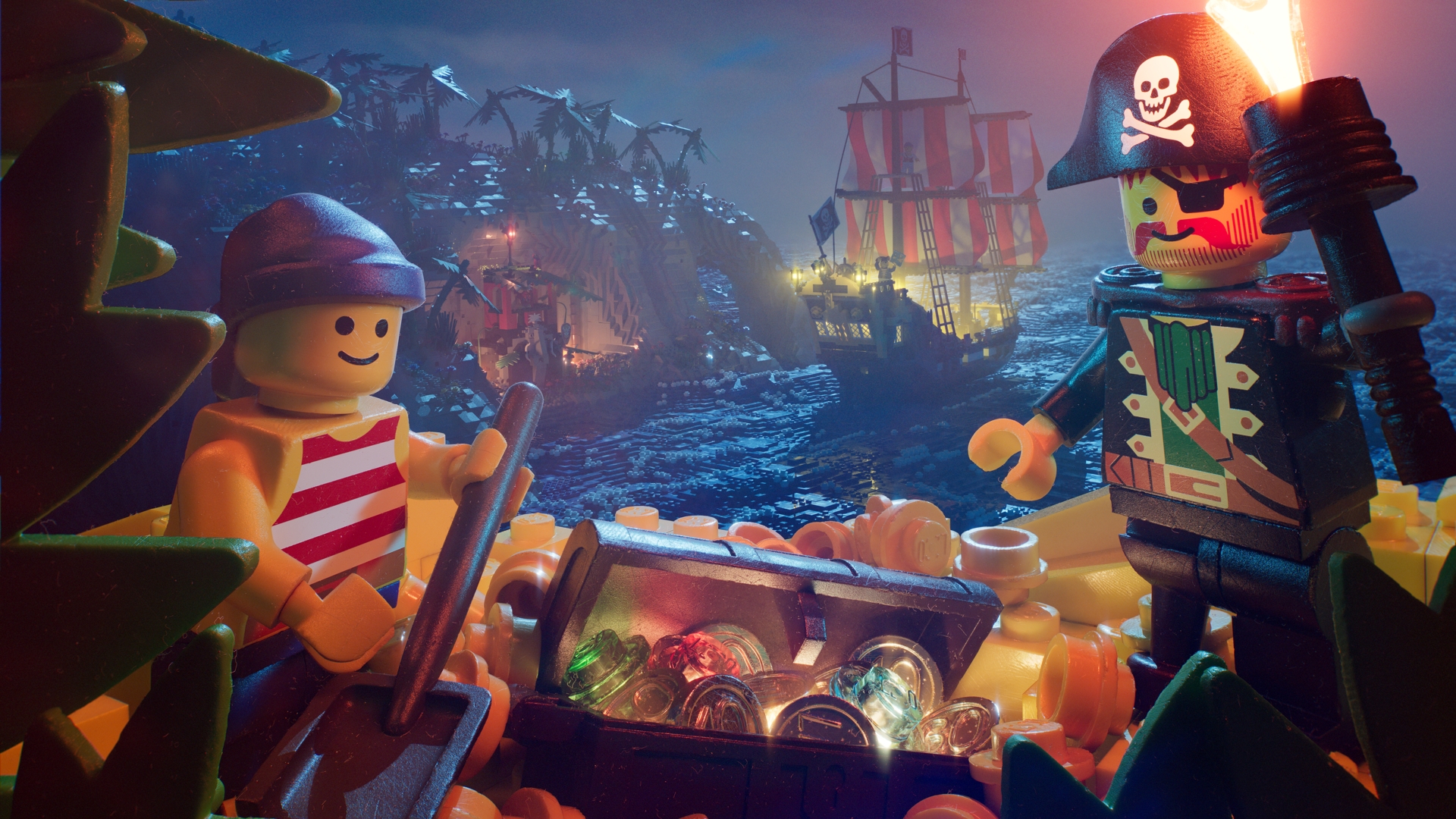
LEGO 90s Pirates Poster
View 6K full-res poster Inspiration This is a modern interpretation of LEGO posters/catalogs from the early 90s. Something that always fascinated me as a kid – even though I wasn’t really able to put it into words back then – was the rich composition, vibrant colors, and the life that was brought into those little […]
-
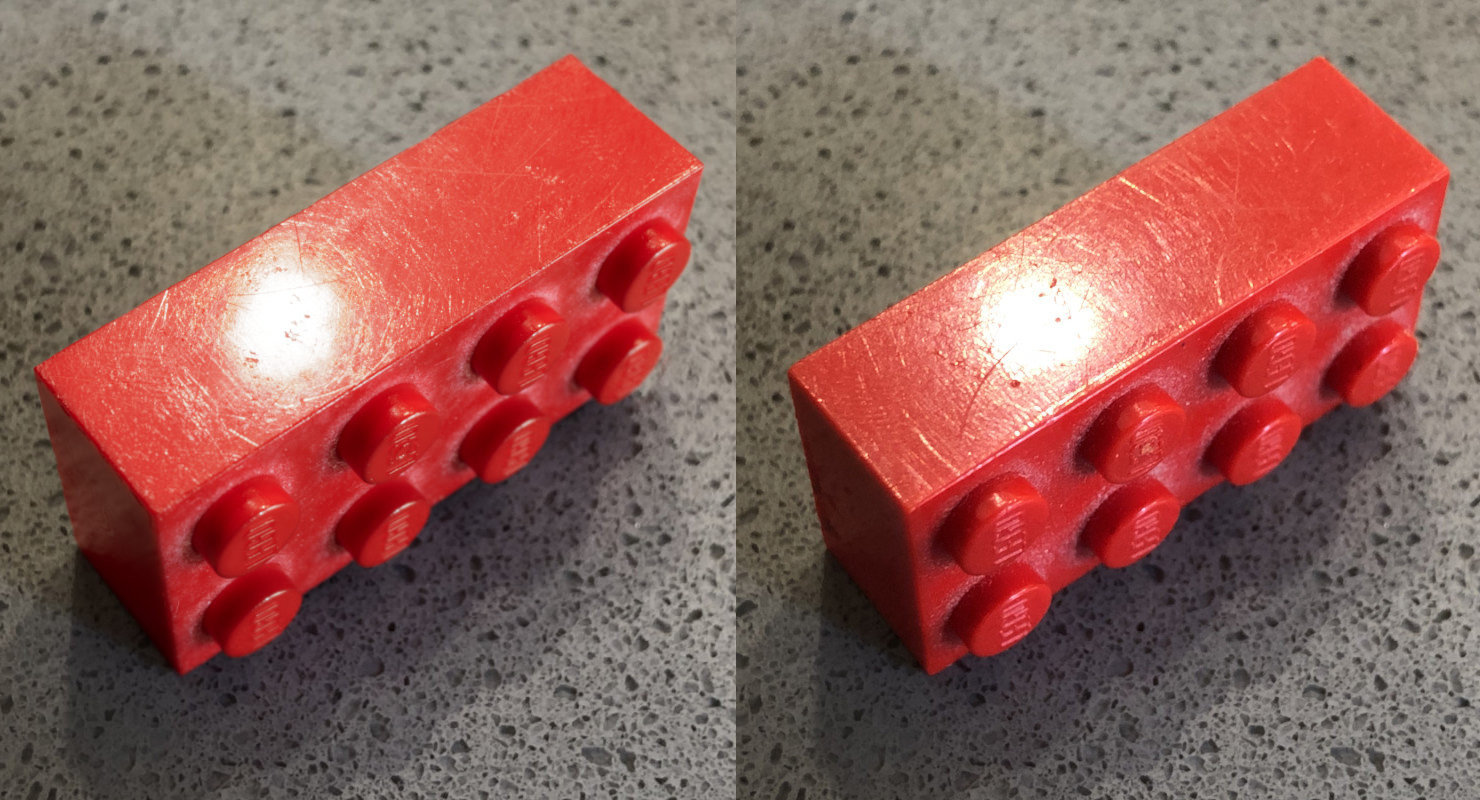
Exploring LEGO Material Part 3
The classic 2×4 brick. If you have read part 2, you might think, well that minifigure looks kinda nice and all, but what about good ol‘ classic bricks? And what happens if we go even closer, so we can see all the micro details? Taking it to the next level Please pardon me if my […]
-
Python to Lua Cheat Sheet
My first impression: Lua has somehow similar syntax to Python but there are enough differences to make this confusing. So here is my Python to Lua cheat sheet:
-
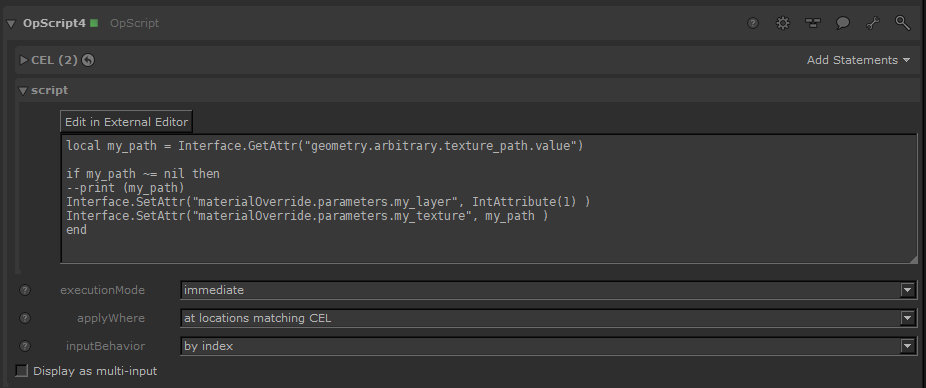
Katana OpScript How to
After 3 years of Python scripting, I finally reached that point where I can confidently say that I roughly know what I am doing. Then I fall in love with Katana and while interface and node graph stuff can be accessed/modified via Python, OpScripts are – for performance reasons – Lua based. Well, off to something […]
-

Exploring LEGO Material Part 2
In this blog post, I would like to take a closer look at how to actually render LEGO. If you missed Part 1, you can still read it if you like smile Because I grew up in the 90s and I love the old LEGO pirates sets, I decided to do the lookdev for the infamous Captian […]
-
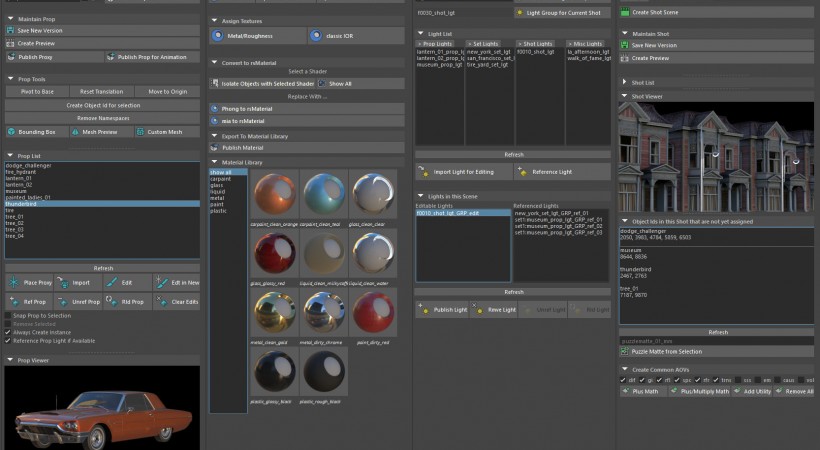
stPipelineTools
Maya & Scene Management While Maya gets more bells and whistles with every release it is still pretty useless in a production if there is no one, caring about all the data management. The problem is, if scene/cache imports, exports and versioning is done manually we tend to produce a big ugly mess. Especially if we […]